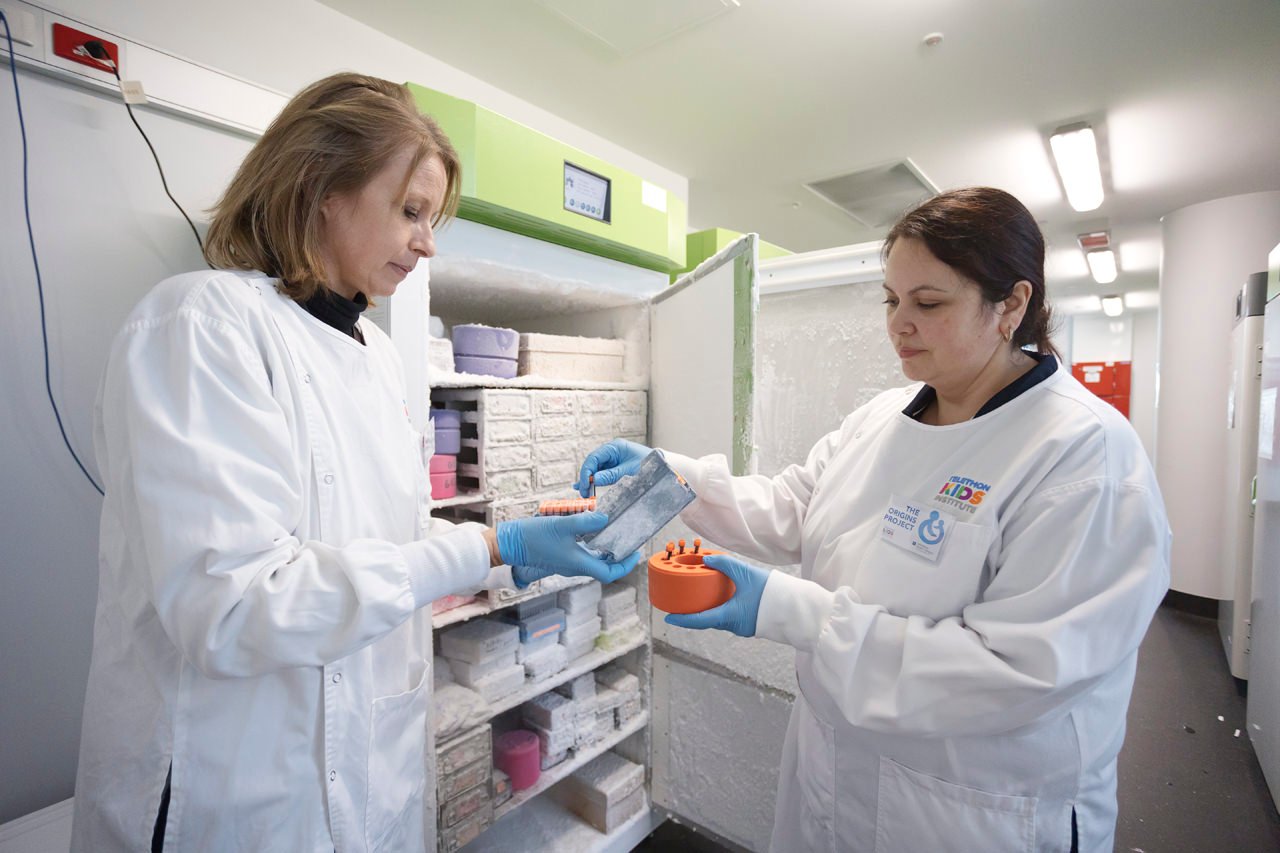The biological samples that ORIGINS collects from our families fill our Biobank with precious data that will assist researchers, from across the globe, for years to come.
In this section, we outline what samples are to be collected at each of the ORIGINS timepoints, show you how to collect those samples, and then explain what to do with them once you have collected them.
To avoid the risk of having to throw your samples away and re-collecting them, please note some important information about all sample collections at every timepoint:
- Please read through all information for your timepoint BEFORE collecting your samples from yourself, your partner or your child.
- All biological samples, except for stool, MUST be given to ORIGINS on the same day that they are collected. Please take this into consideration when planning your sample collections. Only stool can be collected prior and kept frozen. Please check the instructions in each sample pack.
- Samples can only be processed by our laboratories Monday - Friday. Please do not collect your samples over the weekend.
- There are several options for getting your fresh and frozen samples to us, so please read through the options for your timepoint before collecting your samples.
- Only specific Western Diagnostic Centres accept ORIGINS samples, and none will accept stool samples. Please see the options listed under your timepoint for details on stool collection and drop-off.
- We are no longer able to offer a home collection service to collect your samples. Read more about this decision here.
Click on the relevant timepoint below to find out more about your sample requirements and instructions.

